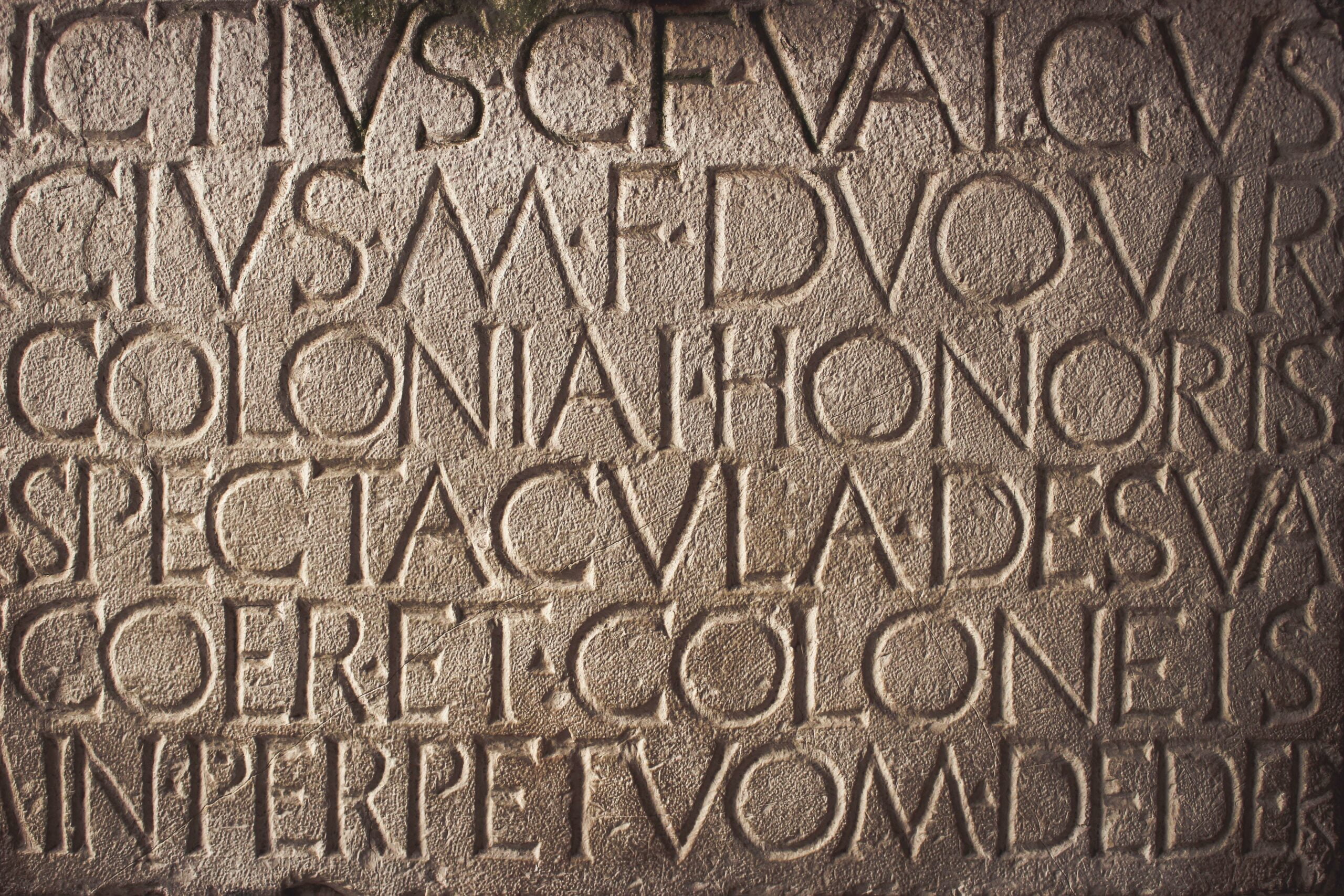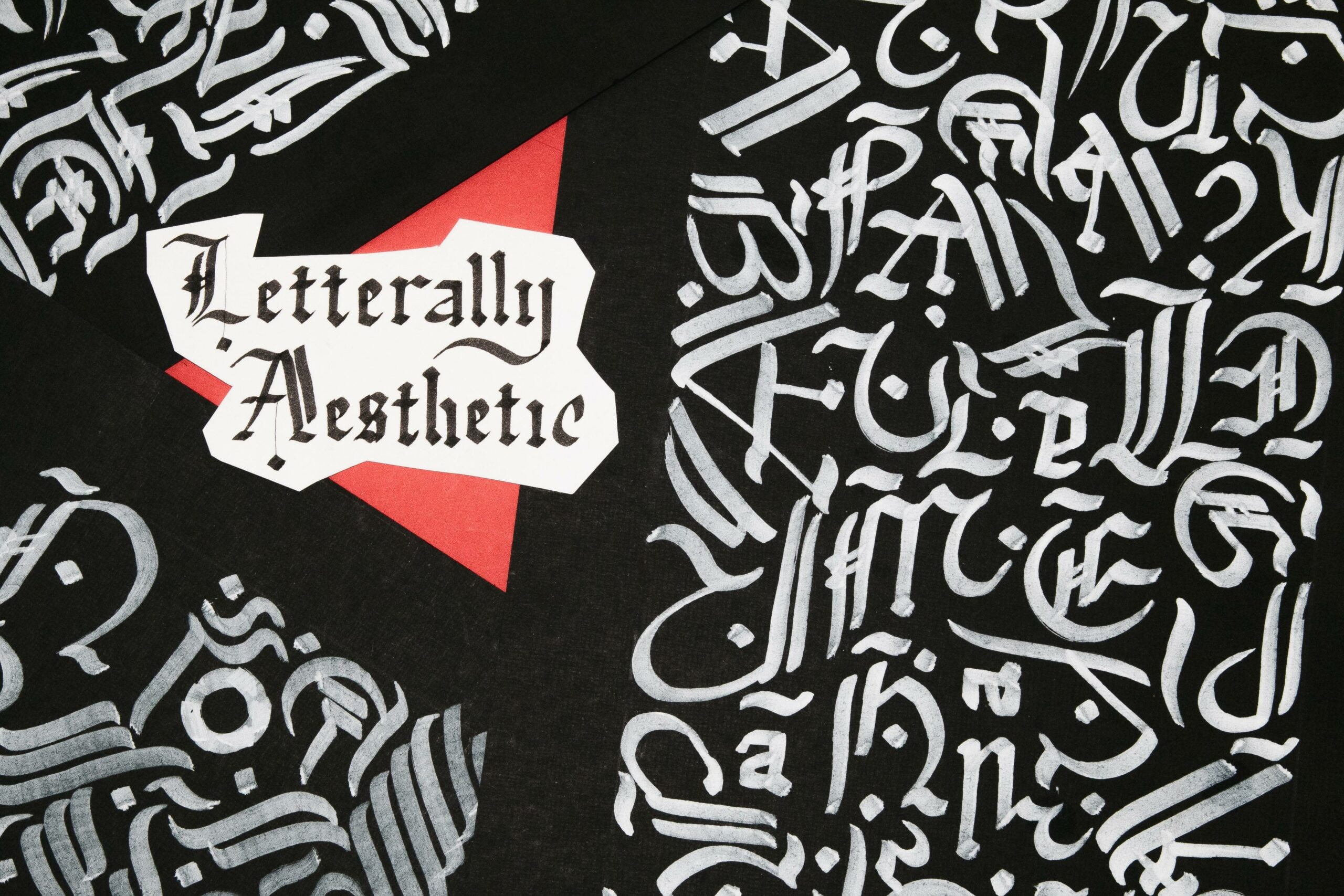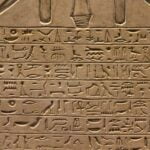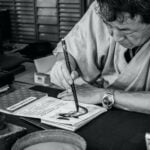Are you ready to delve into the enchanting realm of Japanese calligraphy? Brace yourself for a journey filled with fascinating fun facts that will leave you captivated and craving more. Prepare to be mesmerized as we unravel the hidden tales and uncover the hidden gems of this traditional art form. From its humble origins to its extraordinary evolution, join me as we embark on an exploration of the captivating world of Japanese calligraphy and discover the unique and captivating fun facts that make it a truly remarkable cultural treasure.

Fun Facts About Japanese Calligraphy
Japanese calligraphy, also known as shodo, is a fascinating art form that showcases the beauty and precision of the Japanese language. Let’s dive into some fun facts about Japanese calligraphy that will leave you amazed!
The Origins of Japanese Calligraphy
Japanese calligraphy has its roots in China. When kanji characters were introduced to Japan from China, the art of calligraphy quickly spread. Interestingly, it was the influence of Buddhism that sparked a surge in the practice of calligraphy. Emperors like Shotokutaishi and Shoumu encouraged people to copy sutras by hand, giving rise to the popularity of calligraphy in Japan.
“Japanese calligraphy is deeply intertwined with the history of Buddhism in Japan.”
The Influence of Chinese Culture
During the Tang Dynasty, Japanese envoys brought back not only political and cultural knowledge but also the art of calligraphy. Japanese calligraphy was heavily influenced by Chinese calligraphic styles, and the practice of calligraphy became deeply ingrained in Japanese society.
Calligraphy and Poetry
In Japan, calligraphy and poetry have a close relationship, particularly with haiku. Haiku, a traditional form of Japanese poetry, often incorporates calligraphy as a way of visually representing the beauty and elegance of the words written. This blending of calligraphy and poetry results in a harmonious expression of emotions and nature.
“Japanese calligraphy and poetry form a perfect union, capturing the essence of Japanese aesthetics.”
The Enduring Art of Karayō
One unique style of calligraphy that has stood the test of time is karayō. Originating around 600 AD, karayō is still widely practiced today. It is characterized by its bold and flowing strokes, showcasing both power and grace. Karayō reflects Japan’s historical roots and continues to be cherished as a significant form of artistic expression.
Diverse Brush Holding Techniques
Japanese calligraphers employ various techniques when holding their brushes, each adding a distinct touch to their art. Some calligraphers use the Tankoho method, where they hold the brush as one would hold a pencil, allowing for precise strokes. Others use the Sokoho method, which involves adding the ring finger to their grip, providing additional stability and control.
“The way a calligrapher holds their brush is akin to a unique signature, reflecting their personal style.”
Calligraphy as the Supreme Art Form
In both Chinese and Japanese cultures, calligraphy is revered as the supreme art form. It is believed to possess the ability to express profound thoughts and emotions. Calligraphy requires years of practice and dedication to master, attracting not only samurai and nobles but also everyday people who appreciate its beauty.
“Calligraphy holds a special place in the hearts of those who recognize its transformative power.”
Japanese calligraphy is an art that carries with it a rich heritage and centuries of tradition. Its intricate techniques and historical significance make it a captivating subject to explore. Whether you’re already a calligraphy enthusiast or new to this world, discovering the fun facts about Japanese calligraphy will deepen your appreciation for this remarkable art form.
Remember to check out websites like japanesecalligraphy.weebly.com, kids.kiddle.co, and wiki.kidzsearch.com for more information on Japanese calligraphy.
So why not pick up a brush and try your hand at this exquisite art? Who knows, you may uncover a hidden talent within yourself and find joy in the precise strokes and graceful flow of Japanese calligraphy.
“Japanese calligraphy invites us to immerse ourselves in a world where words become art.”
Calligraphy is not just an ordinary form of writing; it’s an art that combines elegance, precision, and creativity. Imagine exploring the world of calligraphy and uncovering fascinating facts about its rich history and techniques. If you’re ready to delve into the captivating world of calligraphy, we invite you to discover some amazing fun facts about calligraphy. Prepare to be amazed as you click here for an exciting journey through the art of beautiful writing: fun facts about calligraphy.
Fun facts about Japanese calligraphy: Did you know that Japanese calligraphy has a rich history dating back thousands of years? It is considered one of the most elegant and expressive art forms in Japan. If you’re interested in exploring the fascinating world of Japanese calligraphy, you’ll love learning about some interesting facts about Japanese calligraphy. From the various styles and techniques to the significance of each stroke, there is so much more to discover. Click here to uncover some captivating facts about Japanese calligraphy and delve into the beauty of this ancient art form. Japanese calligraphy fun facts
Are you ready to dive deeper into the world of Japanese calligraphy? There’s so much more to uncover! Did you know that each stroke in Japanese calligraphy holds a special meaning and carries a unique energy? It’s truly fascinating how every brushstroke is carefully executed to convey specific emotions and concepts. If you’re curious to learn more about the intriguing aspects of Japanese calligraphy, click here to explore some interesting facts about this captivating art form. Interesting facts about Japanese calligraphy
Intrigued? Come and discover the hidden secrets of Japanese calligraphy. Unlock the mesmerizing beauty and artistry behind every brushstroke, and delve into a world of captivating characters and stunning aesthetics. Click here to explore fun facts about Japanese calligraphy and become enamored by its enchanting history and significance. Japanese calligraphy fun facts
Japanese Calligraphy – Exploring the Art of Shodo
[youtube v=”5nm1c9wvkCU”]
Japanese calligraphy, also known as shodo, is a revered art form that showcases the beauty and precision of the Japanese language. Originating from China, calligraphy quickly spread in Japan, taking on its unique style with the influence of Buddhism. It is an art form that holds deep cultural significance and has a rich heritage spanning centuries.
In Japan, calligraphy is closely intertwined with poetry, particularly haiku, which emphasizes the importance of concise and powerful expression. The practice of calligraphy in Japan has its roots dating back to the 6th century AD, and it has since evolved into various styles, with karayō being one of the most prominent. Karayō features bold and flowing strokes that convey a sense of energy and motion.
One of the key aspects of Japanese calligraphy is the diversity of brush-holding techniques employed by calligraphers. These techniques add a distinct touch to their art, allowing for the development of individual styles and interpretations. The brush is held using the thumb, index finger, and middle finger, similar to how one would hold a pen or pencil.
In both Chinese and Japanese cultures, calligraphy is regarded as the supreme art form. It requires years of practice and dedication to master the techniques and achieve a harmonious balance between form and expression. Calligraphy is not just about creating beautiful characters on paper; it is a form of self-expression and a way to connect with the inner self.
Learning Japanese calligraphy is a journey that takes time and patience. Each character is made up of various strokes that must be executed accurately and in a specific order. For example, a kanji character can consist of up to 29 different strokes, requiring meticulous attention to detail. The discipline and focus required to create each character are essential elements of this art form.
Japanese calligraphy holds a significant place in Japanese culture, reflecting its rich heritage and centuries of tradition. It is a visual representation of the language itself, capturing the essence of words and symbols with each stroke of the brush. Whether you are a beginner or someone with experience in calligraphy, the art of shodo is an invitation to explore the beauty and depth of the Japanese language.
Japanese calligraphy is a practice that goes beyond mere writing. It is an art form that demands discipline, patience, and an appreciation for the intricacies of brushwork. Through shodo, one can tap into the profound connection between language, culture, and self-expression.
FAQ
Question 1: What is Japanese calligraphy?
Answer 1: Japanese calligraphy, also known as shodo, is a form of calligraphy in the Japanese language. It involves the artistic writing of kanji characters, which were introduced from China. This traditional art form is characterized by its intricate techniques and historical significance.
Question 2: How did Japanese calligraphy evolve?
Answer 2: Japanese calligraphy originated with the introduction of kanji characters from China. It spread rapidly after Buddhism was introduced to Japan, and emperors like Shotokutaishi and Shoumu encouraged people to copy sutras by hand. Japanese envoys to Tang Dynasty China also brought back Chinese culture, including calligraphy, which further influenced its development in Japan.
Question 3: Is calligraphy closely related to poetry in Japan?
Answer 3: Yes, calligraphy in Japan is closely related to poetry, especially haiku. It is considered a highly respected and ancient art form that can express profound thoughts and emotions. The combination of calligraphy and poetry has a long-standing history and continues to be appreciated today.
Question 4: Who practices Japanese calligraphy?
Answer 4: Japanese calligraphy is practiced by various individuals, including samurai, nobles, and ordinary people. It is a skill that takes years to master, and its practice is not limited to a specific social or cultural group. Anyone with an interest in this art form can engage in calligraphy.
Question 5: Are there any online resources to learn more about Japanese calligraphy?
Answer 5: Yes, there are several websites where you can find more information about Japanese calligraphy. Some recommended online resources include japanesecalligraphy.weebly.com, kids.kiddle.co, and wiki.kidzsearch.com. These websites offer detailed insights into the techniques, history, and cultural significance of Japanese calligraphy.
- Discover the Borough of Frenchtown, NJ: A Delaware River Town Blending History, Art & Nature - November 22, 2024
- Discover Clarks Grove, MN: A Small Town with a Big Heart - November 22, 2024
- Califon Borough, NJ: A Small Town with a Big Heart (and Rich History) - November 22, 2024













